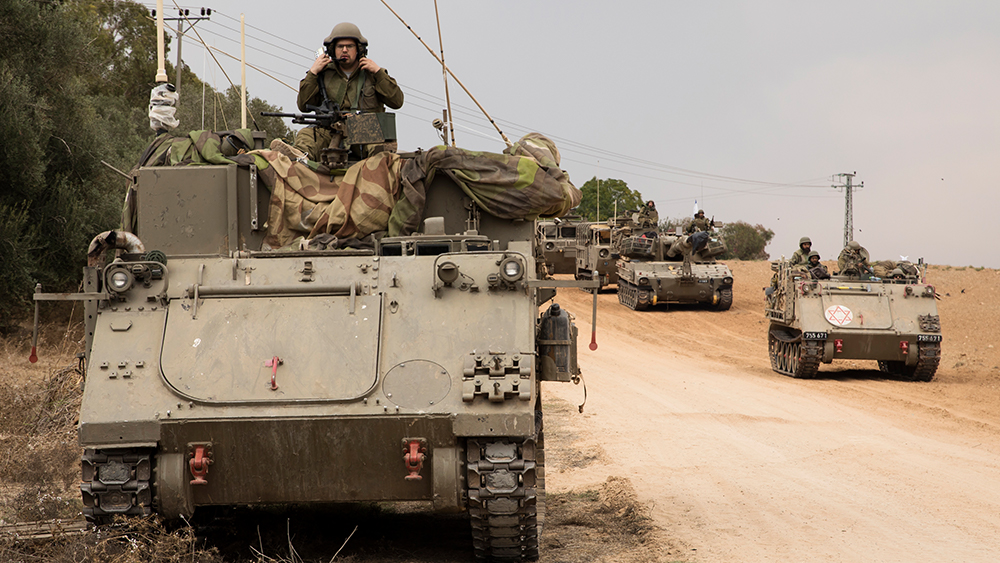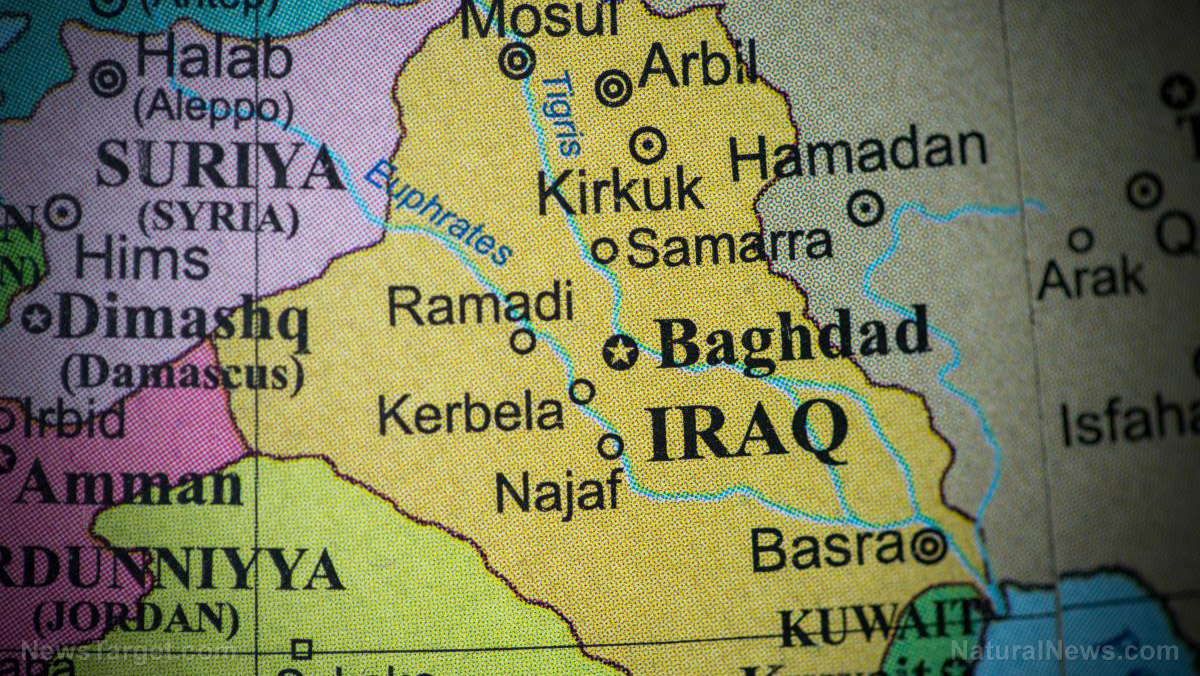 Parler
Parler Gab
Gab
Pride comes before a fall
According to accounts of what happened during Millennium Challenge 2002, Van Riper waited for the U.S. Navy to pass through the very shallow and very narrow Strait of Hormuz where they ended up becoming sitting ducks for Iran's unconventional and asymmetric warfare techniques. Such techniques included swarming the U.S. Navy with explosive-laden suicide speedboats, low-flying airplanes carrying anti-ship missiles, naval mines and land-based anti-ship ballistic missiles, all of which are low-cost but highly effective measures. Within mere minutes, Van Riper, the fictitious head of Iran's military, emerged victorious over the U.S. military. Even though his opponent was assumed to be "superior," the Iranian war methods depicted sunk all 19 ships. Had this occurred in real life, 20,000 U.S. sailors and marines would have died. Millennium Challenge 2002 ended up being a complete disaster and embarrassment for the Pentagon, which effectively wasted one-quarter of a billion U.S. tax dollars on a simulated melee in which Iran ended up winning and the U.S. ended up losing. Instead of accepting the loss and humbling itself, the Pentagon instead doubled down. The war machine quickly hit the reset button by rigging and scripting a new war game in which America was guaranteed to win – even though in real life the U.S. would still likely lose against Iran. "Nothing was learned from this," commented a disgusted Van Riper, who was appalled at the Pentagon's response to the outcome of Millennium Challenge 2002. "And a culture not willing to think hard and test itself does not auger well for the future." In a nutshell, what Millennium Challenge 2002 proved is that even with the most advanced, seemingly, weaponry on the planet, the U.S. could easily lose in a war on Iran because the Iranian military knows how to sink even the largest, Titanic-sized military ships with ease. "The main lesson of Millennium Challenge 2002 is that aircraft carriers – the biggest and most expensive ships ever built – wouldn't last a single day in combat against even a regional power like Iran," explains International Man. "Russia and China would have an even easier time dispatching them. They are overpriced toys." "That means the U.S. has wasted untold trillions on military hardware that could prove to be worthless in a serious conflict ... Nonetheless, the U.S. government still parades aircraft carriers around the world from time to time to try to intimidate its enemies." The latest news about active U.S. involvement in Middle East affairs can be found at Chaos.news. Sources for this article include: InternationalMan.com NaturalNews.comNew lawsuit says Pfizer “knowingly distributed” unsafe drugs to children
By Ethan Huff // Share
More evidence emerges that Israel bombed and killed its own citizens on October 7
By Cassie B. // Share
Massive fire destroys WWII-era blimp hangar in Southern California
By Zoey Sky // Share
U.S. troops in Middle East were attacked on Thanksgiving Day
By Richard Brown // Share
Governments continue to obscure COVID-19 vaccine data amid rising concerns over excess deaths
By patricklewis // Share
Tech giant Microsoft backs EXTINCTION with its support of carbon capture programs
By ramontomeydw // Share
Germany to resume arms exports to Israel despite repeated ceasefire violations
By isabelle // Share










